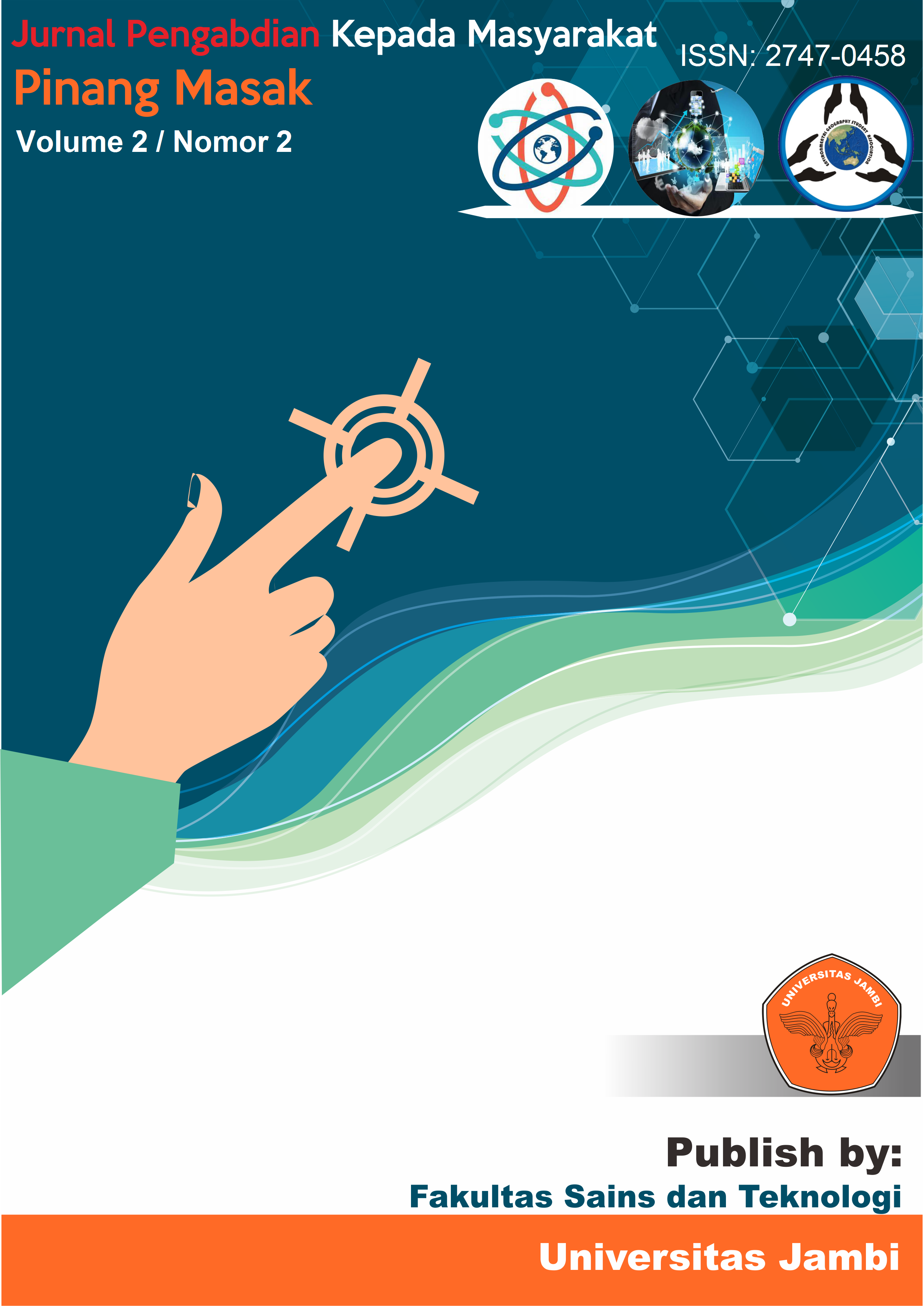Penyuluhan Pembuatan Pupuk Organik Cair Menggunakan Alat Bioreaktor di Desa Karya Harapan Mukti Kabupaten Bungo
DOI:
https://doi.org/10.22437/jpm.v2i2.14647Keywords:
Rubber, MOL, Fertilizier, TechnologyAbstract
The majority of farmers in Karya Harapan Mukti Village are independent rubber and oil palm farmers (people's plantations). Generally the strategy used to increase sap production, farmers use synthetic fertilizers (chemical), but it has a negative impact on the environment and soil. The people of Karya Harapan Mukti Village complained about their low competence in agricultural production, only focusing on chemical fertilizers to increase their oil palm or rubber agricultural production. Traditionally, some people know the process of making organic fertilizer, known as compost. But the technology used is still simple, using a derrigen/bucket so that production is still very limited and less efficient. So that technological innovation is needed so that people can produce fertilizers independently, easily and cheaply. The aim of this program is to transfer bioreactor technology innovations to produce liquid organic fertilizer based on local microorganisms from rubber seeds, as well as provide training and competence to the community in processing plantation waste to produce liquid organic fertilizer that can be used to improve plantation quality. One technology that wants to be applied as an Appropriate Technological Innovation (TTG) for the people of Karya Harapan Mukti Village is through the application of bioreactor technology, it is expected to be able to introduce fermentation technology processes to the community and can increase the production of MOL-based liquid organic fertilizer as an effort to meet fertilizer needs in the community. farmers in Karya Harapan Mukti Village, Bungo Regency.
Keywords: Rubber, MOL, Fertilizer, Technology
Downloads
Downloads
Published
How to Cite
Issue
Section
License
Copyright (c) 2022 edwin permana, Nelson, Ngatijo, Aditya Denny Prabawa, Hamdan Maruli Siregar, Indra Lasmana Tarigan, Tri Siswanto

This work is licensed under a Creative Commons Attribution-NonCommercial-ShareAlike 4.0 International License.












